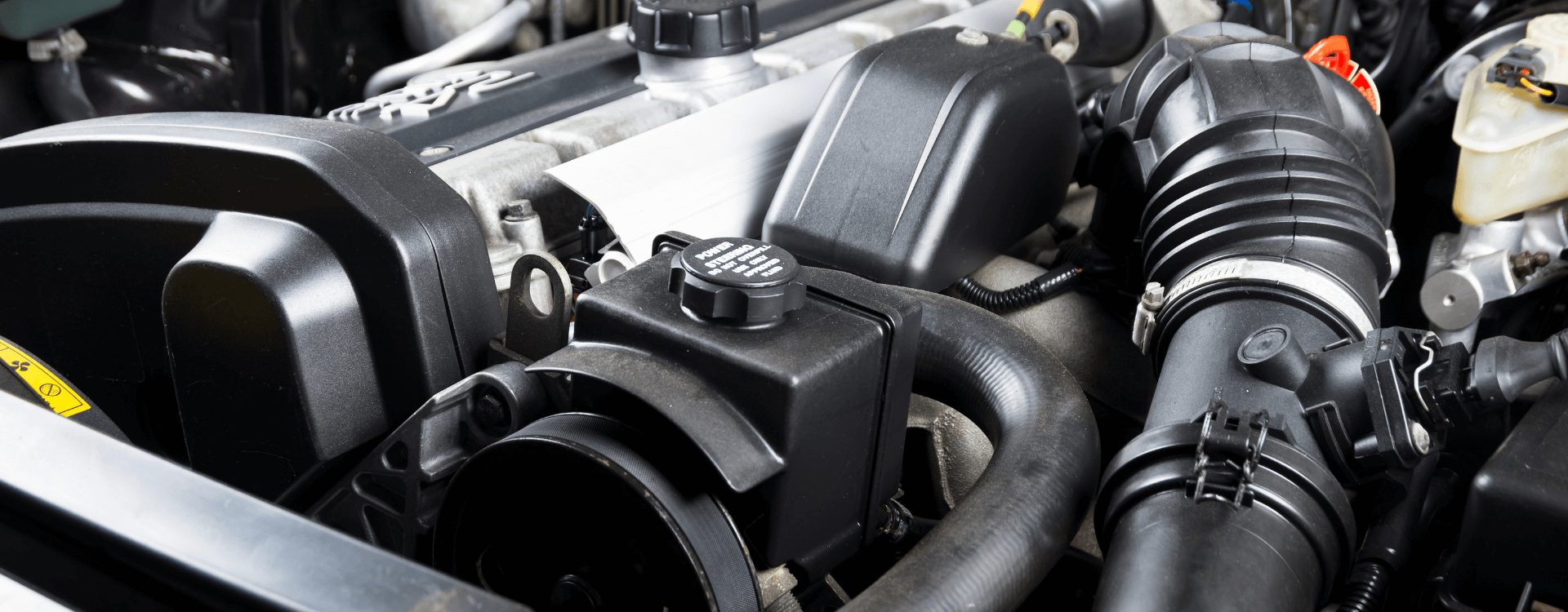
How to clean your car's catalytic converter ? Here are the steps to follow
Any driver wishing to maintain his car will certainly read this file carefully! This guide will explain how to clean a catalytic converter. Not only it will save you money, but will also help you learn more about your vehicle and how it works.
What is the purpose of the catalytic converter, and why shall we replace it ?
This device reduces air pollution by lowering or eliminating polluting gases through a catalyst system. It is a part that belongs to the car's exhaust system. For a gasoline engine, the car catalytic converter converts nitrogen dioxide and carbon monoxide into non-polluting bodies. On the other hand, it converts hydrocarbons and carbon monoxide into water and carbon dioxide in the case of a diesel engine. Cold running, acceleration under full load, air-fuel mixture problems, timing misalignment, faulty ignition... certain malfunctions or special conditions can lead to a dirty or even clogged pot, which will cause the catalytic converter light to come on. If this happens, not only will the car pollute a lot, but it will also consume a lot. The driver will also detect a loss of engine power. Therefore you can see why it is important to replace or at least clean the catalytic converter. Good to know: This device is not very expensive. It's better to buy a new catalytic converter to maintain your vehicle's performance.
When and how to replace it ?
The catalytic converter in a car has an average life of 100,000 km. If you drive mainly in the city, you may need to replace it more often, or at least inspect it periodically. Several signs may indicate a catalytic converter problem:
- Metallic noise in the exhaust line.
- Ignition and starting problems
- Difficult accelerations
- Regular shimming
- Heavy and thick exhaust fumes
However, these various symptoms may be due to other dysfunctions. Hence the need to carry out a self-diagnosis with a suitcase. By neglecting to replace the catalytic converter, you run the risk of damaging your vehicle's engine and making it highly polluting. Therefore, it is better to alter it. This device is usually placed between the manifold and the rear muffler. To replace it, here are four 4 steps to follow:
| Step 1: Lift the car. | You must lift the car with a jack, taking care to block the wheels, and engage the handbrake. |
| Step 2: Remove the pot. | Remove the catalytic converter at each end and remove the rubber brackets. To easily remove rust from gaskets and screws, consider using a rust remover. |
| Step 3: Install the new pot | If possible, replace the gaskets and fixing devices (screws, clamps, etc.) During assembly, take care not to bring the frame and the pot into contact with each other. |
| Step 4: Make a long-term trial. | Put the vehicle back on the ground Start the engine to check the assembly for leaks. Carry out a test drive on the motorway for at least 1 hour to operate the pot in optimum conditions. |
Important points to remember :
- Wait for the engine to cool down before removing the catalytic converter. Otherwise, severe burns may result.
- If the fouling in the pot is the result of an engine failure, remember to have it repaired before placing a new device.
In any case, call in a professional to do a good job. Thanks to his expertise, a mechanic will be able to give you advice on the purchase of a cheap catalytic converter and the maintenance of your car in general.
How to clean a catalytic converter ?
As you will have understood, the replacement of a car catalytic converter is recommended if it can no longer fulfill its role, namely to reduce air pollution. However, if you do not need to replace it immediately, and you only want to clean it, here are the steps to follow:
1) Add a cleaning additive to the tank.
This product cleans dirt and residues in the exhaust system, whether in the turbo, car catalytic converter, lambda sensor, or EGR valve. To use it, just pour it into the tank in the specified mixing ratio and fill it to at least half full.
2) Carry out a long-term test.
Once the cleaning product has been poured, carry out a long-term test. This consists of driving on the highway at a steady speed (without too much acceleration or idling) for at least 1 hour. The aim is to achieve optimum operating temperatures. Good to know: If possible, check the density of exhaust pollutants in a garage. A clogged catalytic converter usually has:
- A CO value of more than 1%
- A C02 value of less than 13%.
Do you want to know if your Catalytic Converter is Bad ? Do you want to know if your DPF is clogged ?
3) Evaluate the effect of cleaning.
Once you have completed your journey, be aware of any changes in the mechanisms of your car. If your car has regained all its power, the silencer no longer emits black smoke, and you no longer notice soot at the end of the exhaust line, the cleaning operation has been a success. Nevertheless, remember to do a gas analysis again to make sure that the problem is solved: CO2 must exceed 14%, and the value of CO and HC must be close to 0%.
If unfortunately, you do not obtain the desired results, it is better to opt for a new quality catalytic converter.










